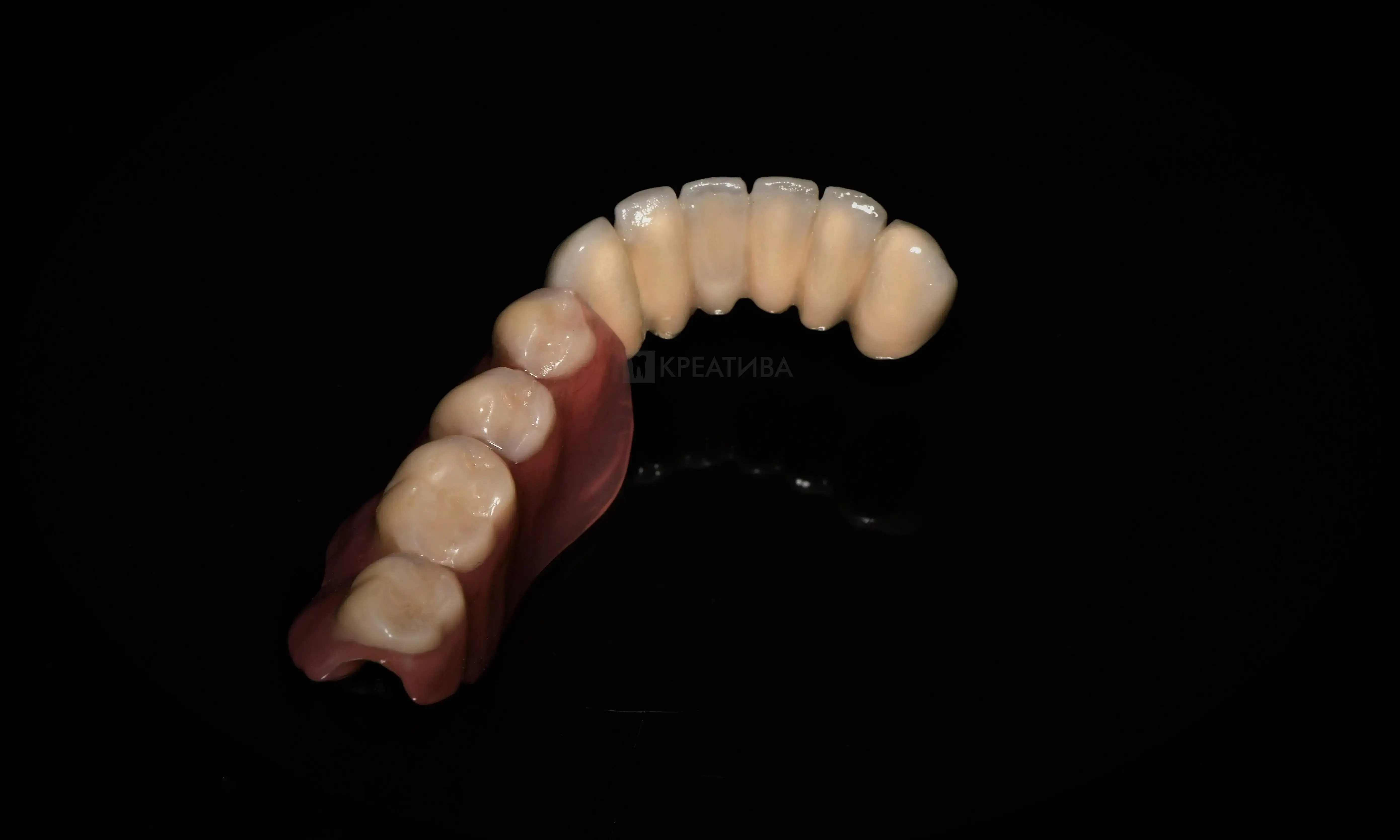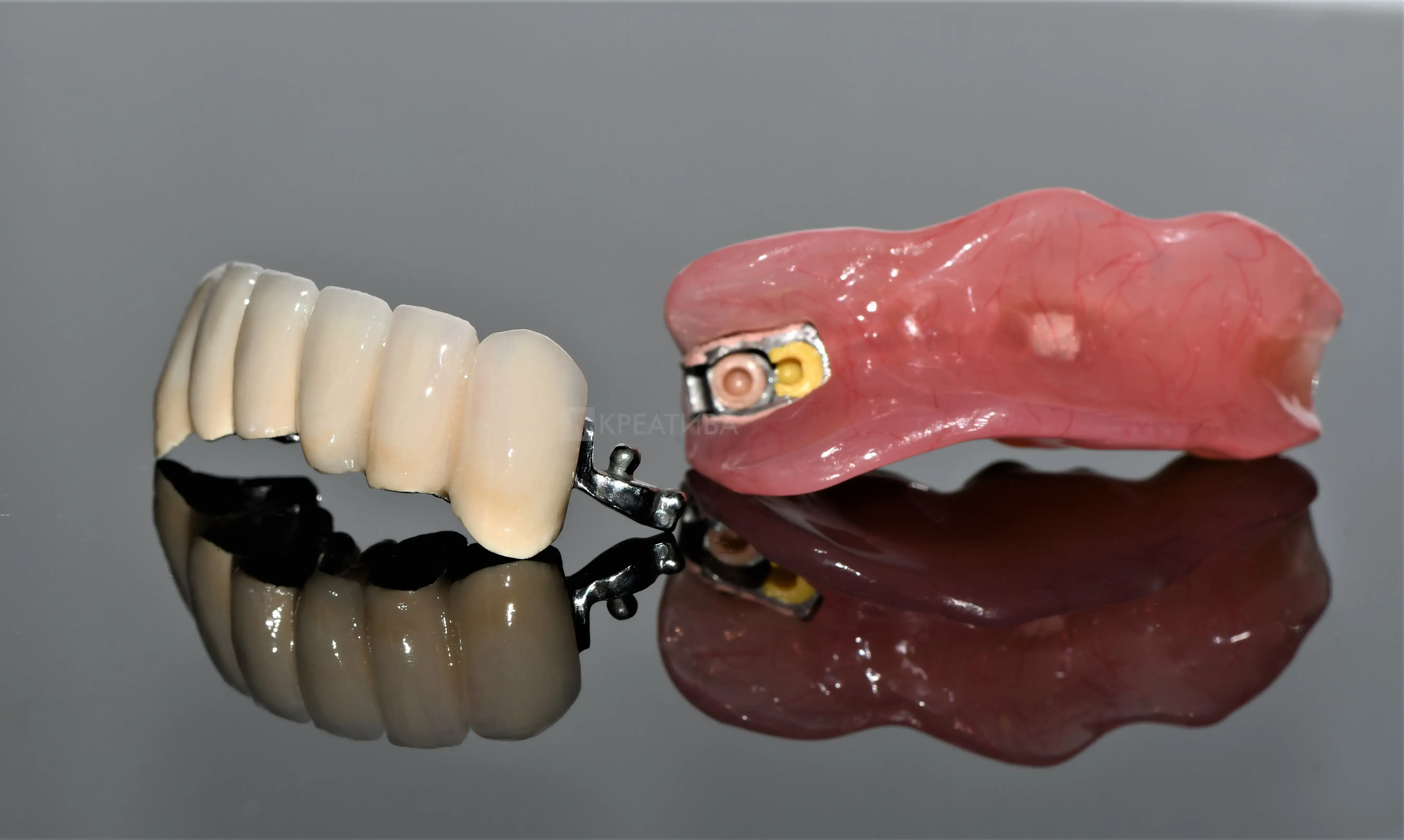Removable Dentures
Standard Total Dentures
These are dentures that mimic a whole set of upper and lower teeth. This type of prosthesis uses a vacuum to hold it in place.
They are made of flexible material that makes it easier to get a vacuum. However, because of this, standard total dentures require routine visits to the dentist.
Because they are flexible, dentures are prone to causing ridge atrophy so the prosthesis no longer fits completely, therefore spaces appear that disrupt the vacuum and the denture swings.
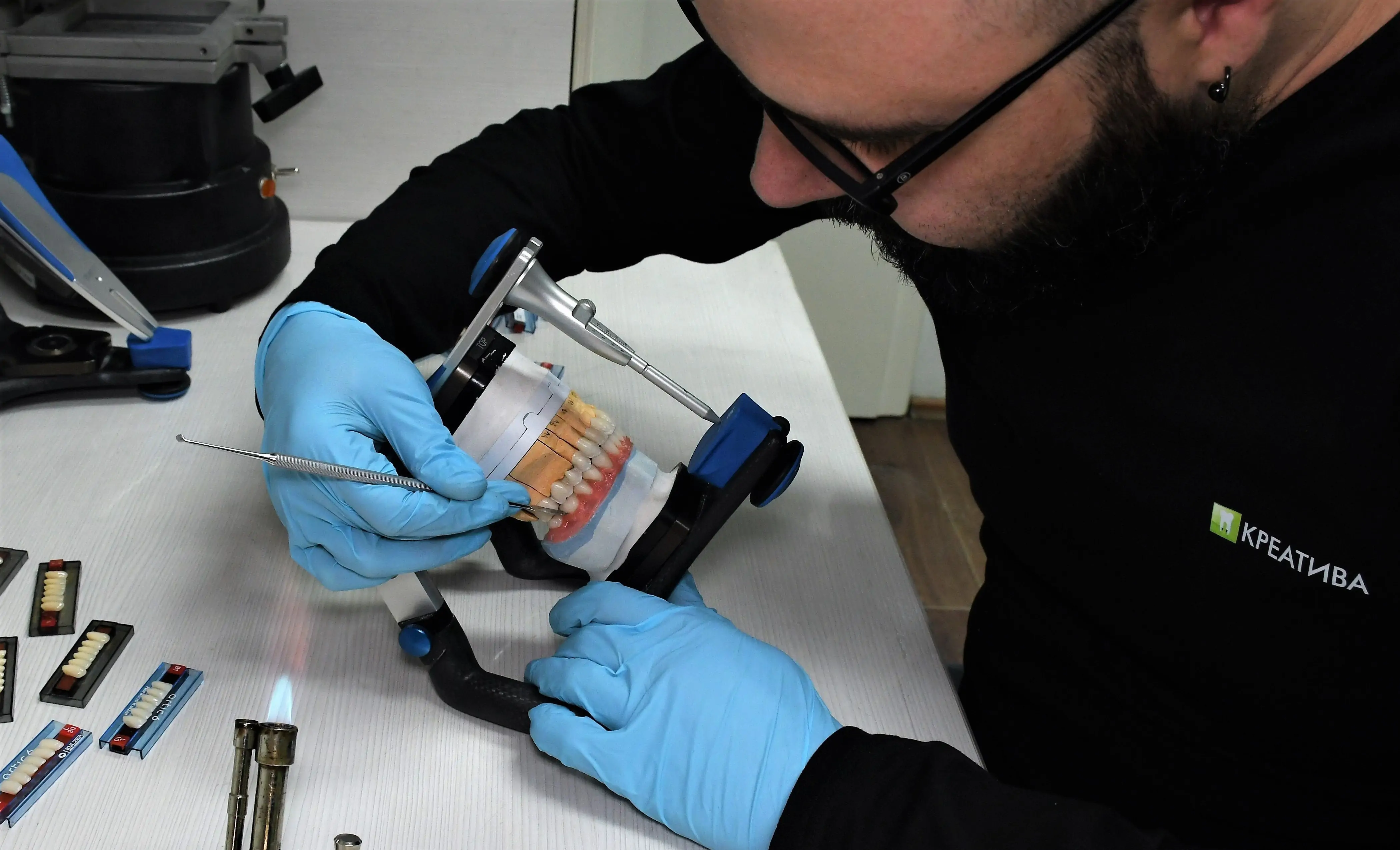
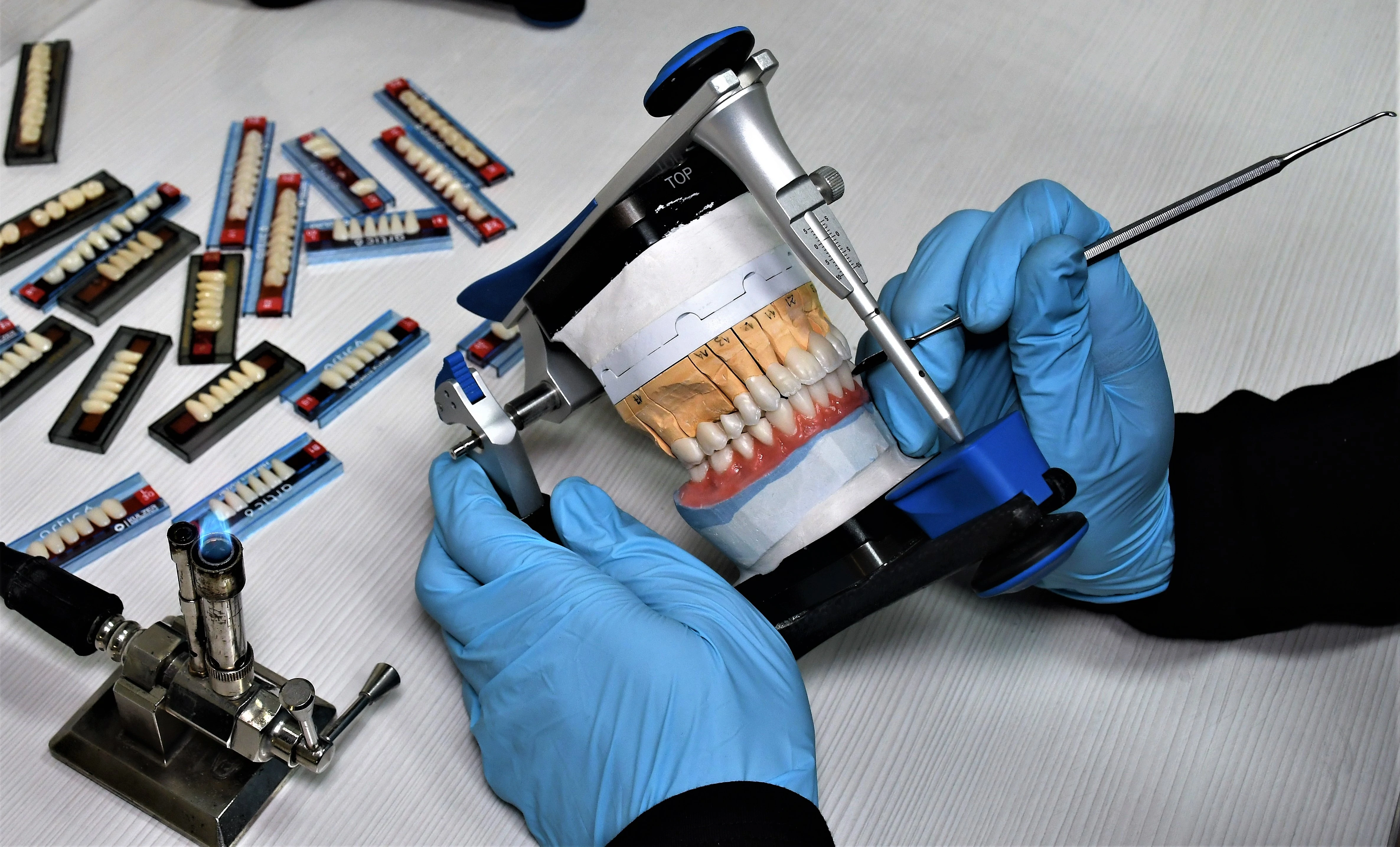
Partial Dentures
Partial dentures are dentures that replace a number of teeth, but not a whole set. A partial denture is a replacement that is supported by the remaining teeth and soft tissues. They are safer than standard total dentures and are more comfortable.
Dentures remain an effective method of replacing an extracted tooth, replacing them with a removable method. Dentures provide a secure bite, improve chewing function and have an acceptable appearance. Their main drawbacks are everything sometimes they are difficult to bear and make speech and mouth movements difficult.
The jaw bones around the extracted tooth continue to shrink, and this may lead to gradual collapse of the lower face.
Depending on the clinical diagnosis, we can provide:
• Complete dentures• Partial dentures
• Prostheses over implants
Our staff will explain and recommend the best solutions.
Complete dentures are either 'conventional' or 'emergency'.
The conventional denture is implanted one month after all the teeth have been removed to allow proper healing, and the emergency prosthesis is implanted immediately after the teeth are extracted. The downside of these prostheses is that re-alignment will be required once the site has healed.
It is important to continue with regular check-ups so that the dentist can notice occurrence of abnormalities. As you grow older, your mouth will continue to make changes, and the bone under the prosthesis will shrink and retract. For appropriate maintenance over a longer period of time, adjustment of the dentures or tests for new dentures may be required.
Never try to set the prosthesis yourself to prolong the period as there may be loss of the bones. When in doubt, please consult our dentists.
Partial dentures are usually made of acrylic, chrome or valplast and are used for cases where teeth are missing, but there are still some natural teeth left. Reasons for partial dentures are:
• Replacement of extracted teeth• Improving the natural state of chewing
• Help preserve natural teeth
• Help prevent or treat jaw muscle problems
• Improved speech and confident smile
• Replacement of extracted teeth in an economical way
• In most cases with crowned teeth, partial dentures shouldn't be embedded
• Partial dentures are usually made of acrylic, chrome or valplast
The partial denture is expected to last about 5 years depending on the circumstances.
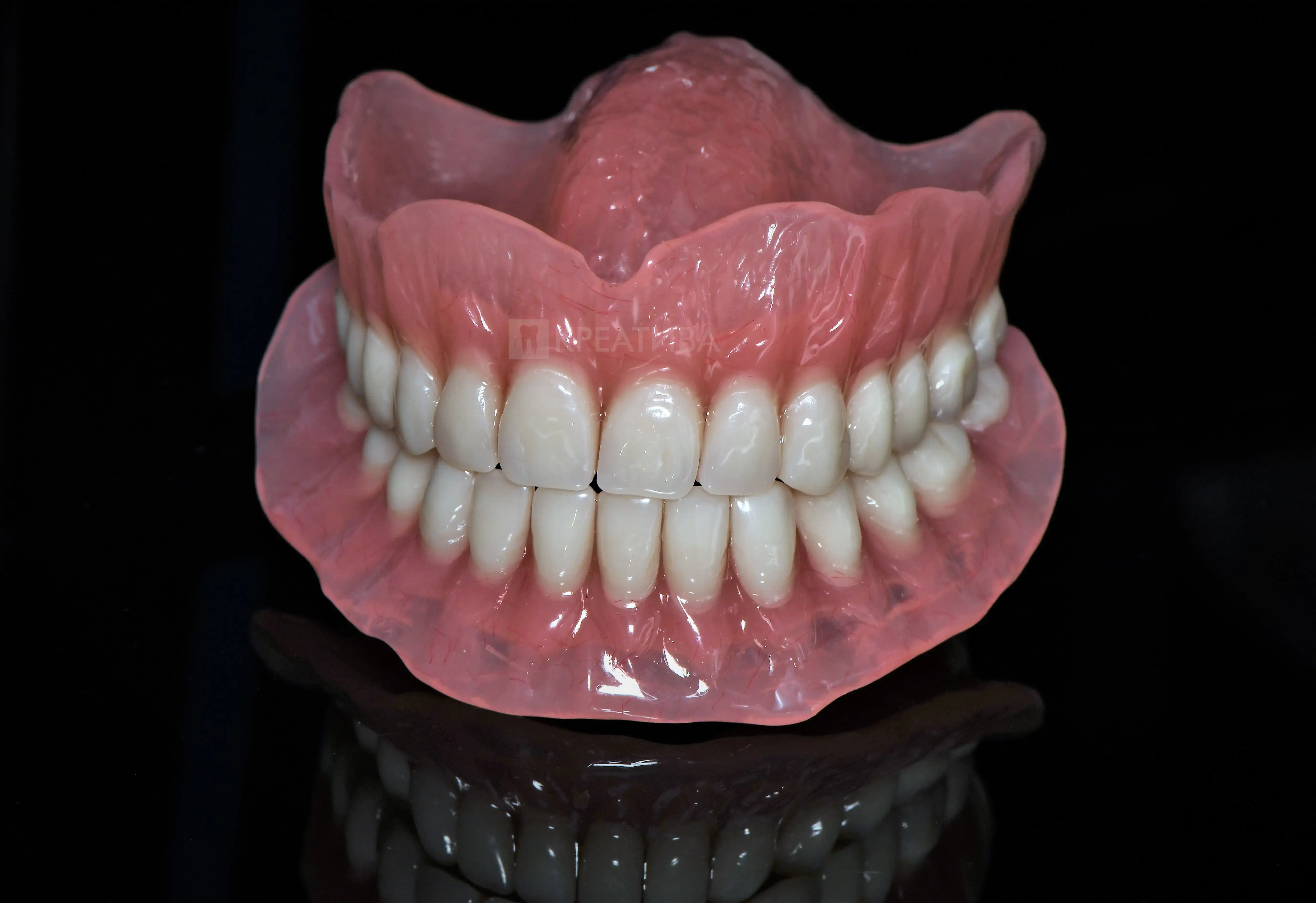
Standard complete dentures
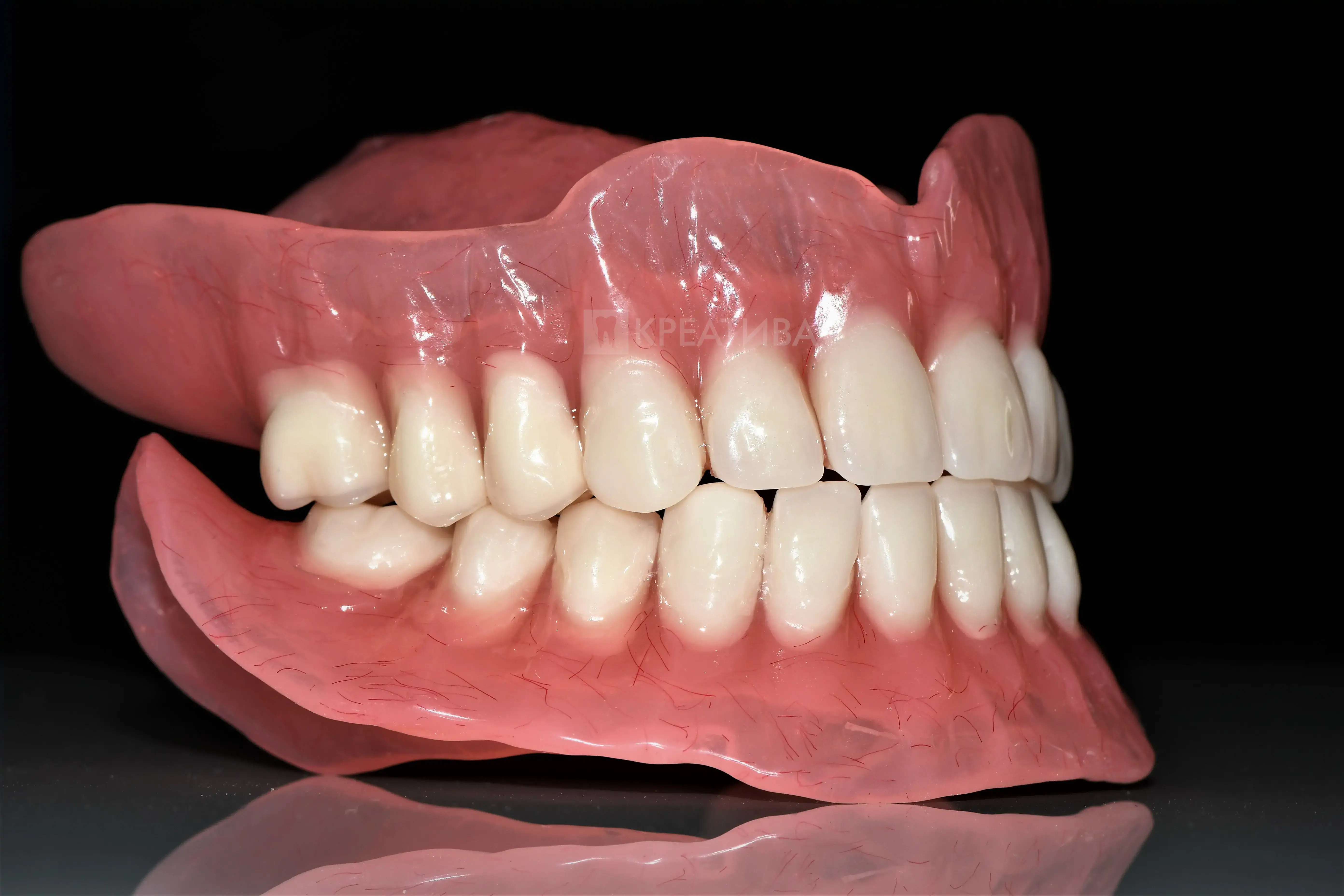
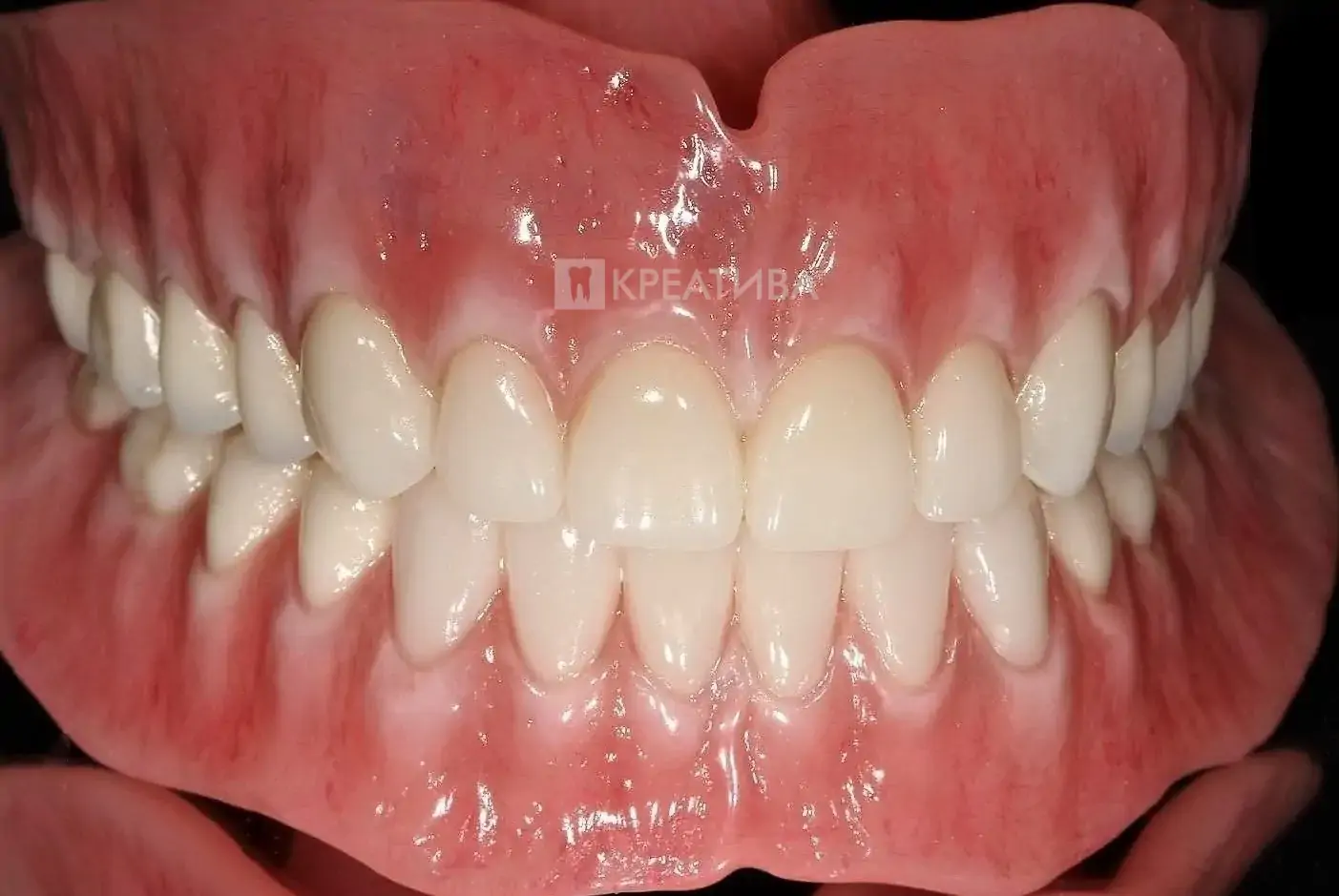
Custom individual removable prosthesis made with composite
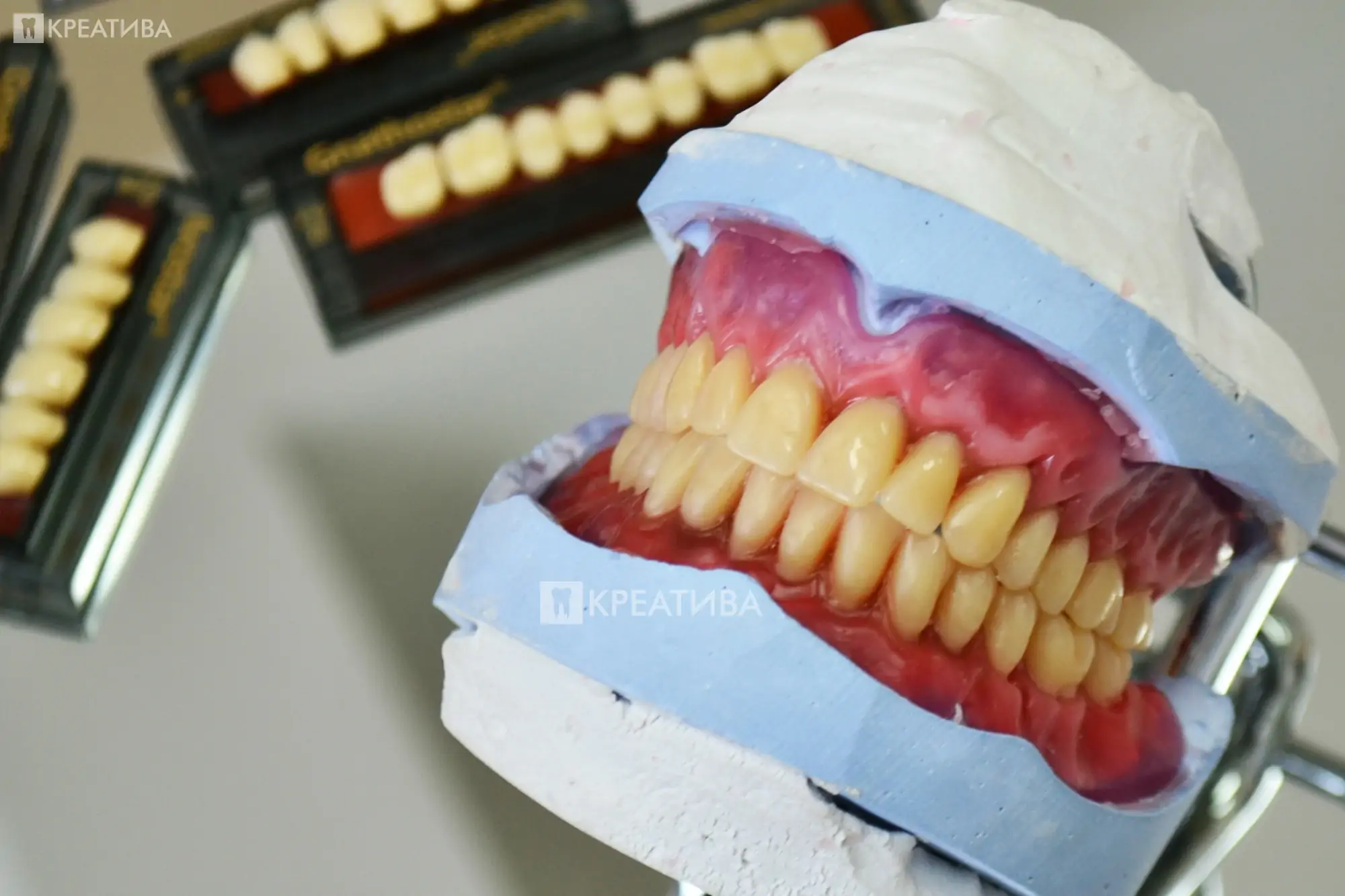
Removable dentures in wax
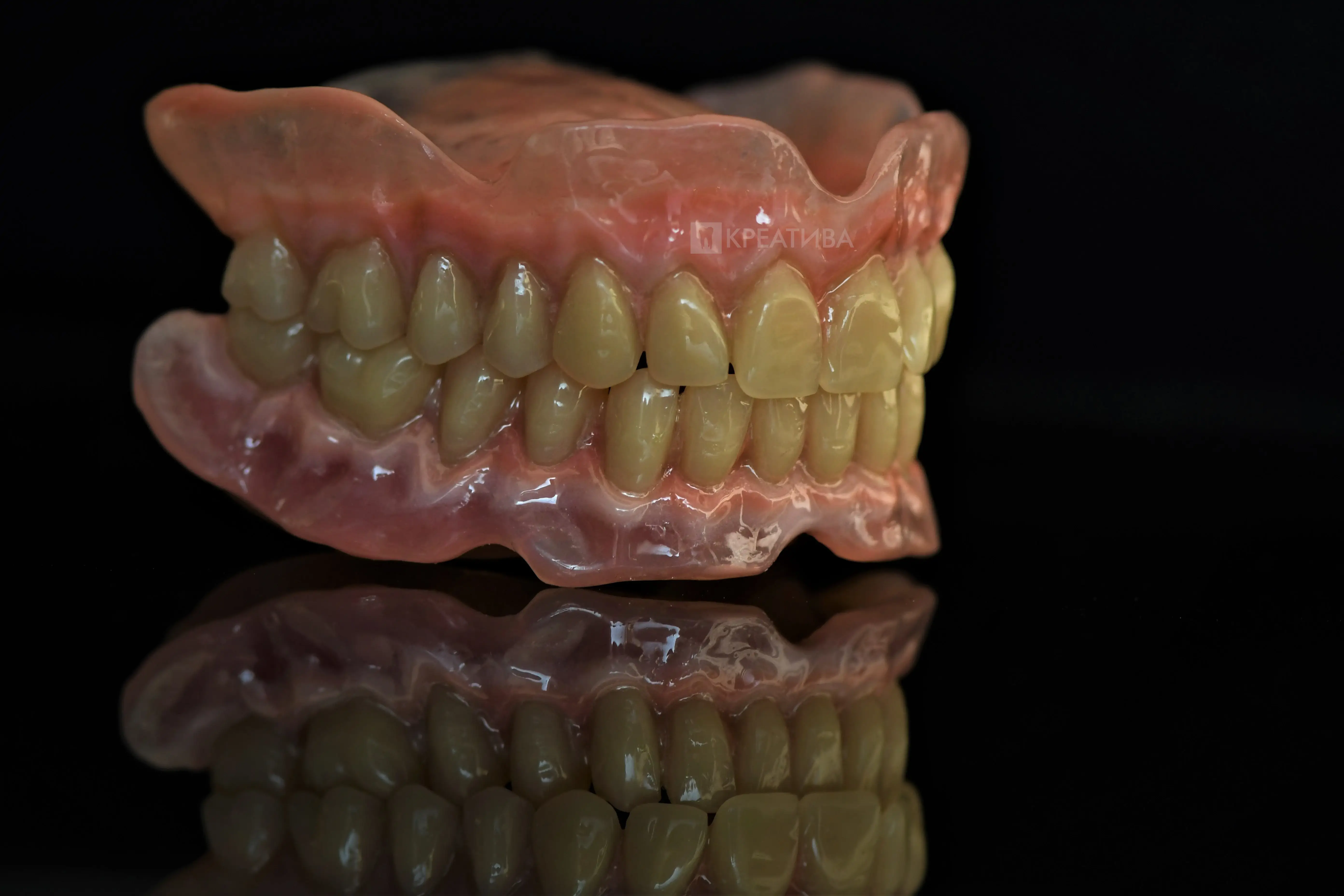
Custom gingival toning with acrylic resin for a more natural look
Gingival toning – This technique can give your gums a more natural look through a different variety of natural colour tones and shades to mimic your gums. Usually combined with adding anatomy to create a natural-looking smile, even if the acrylic of the denture base is exposed.
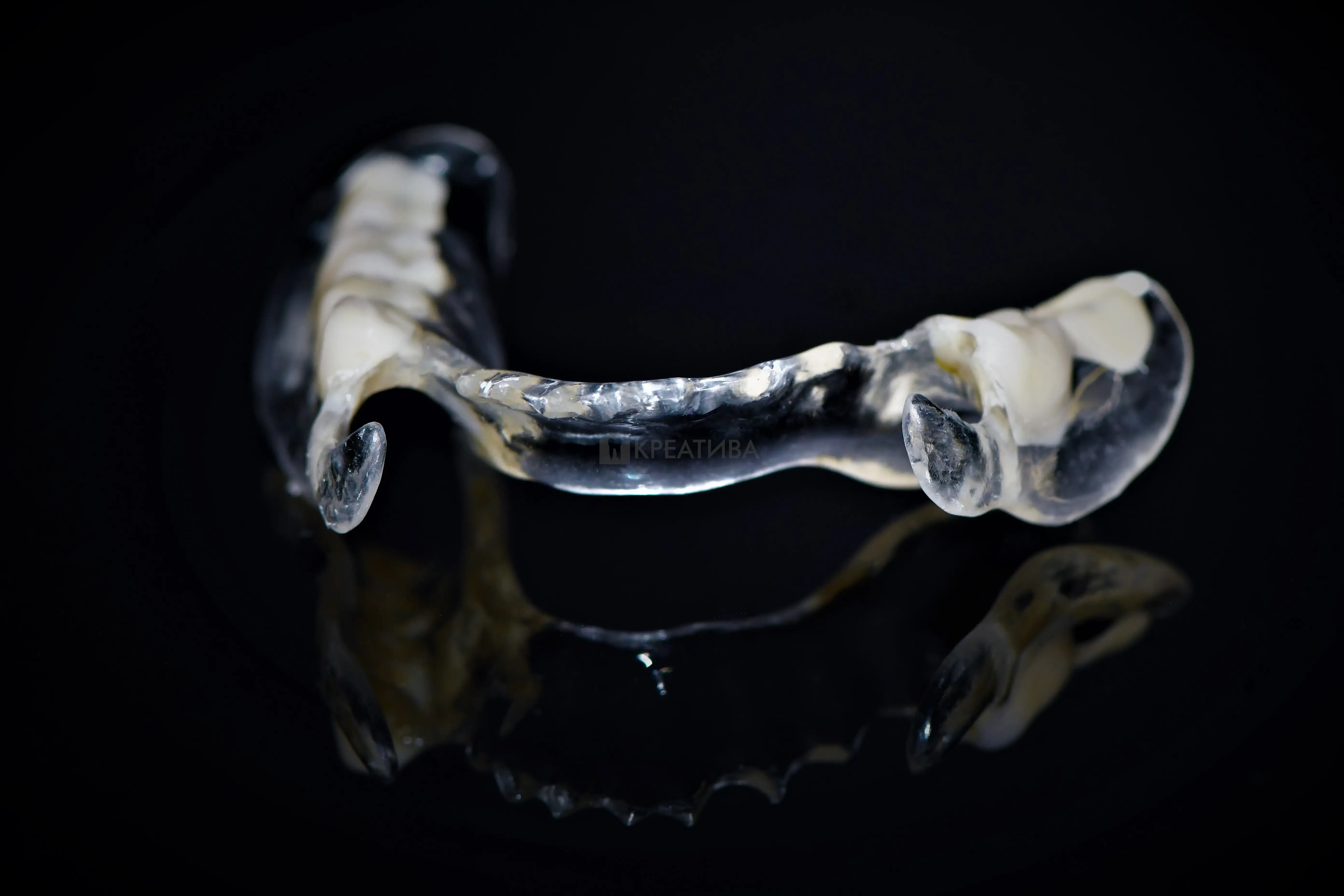
Clear thermoplastic flexible prosthesis
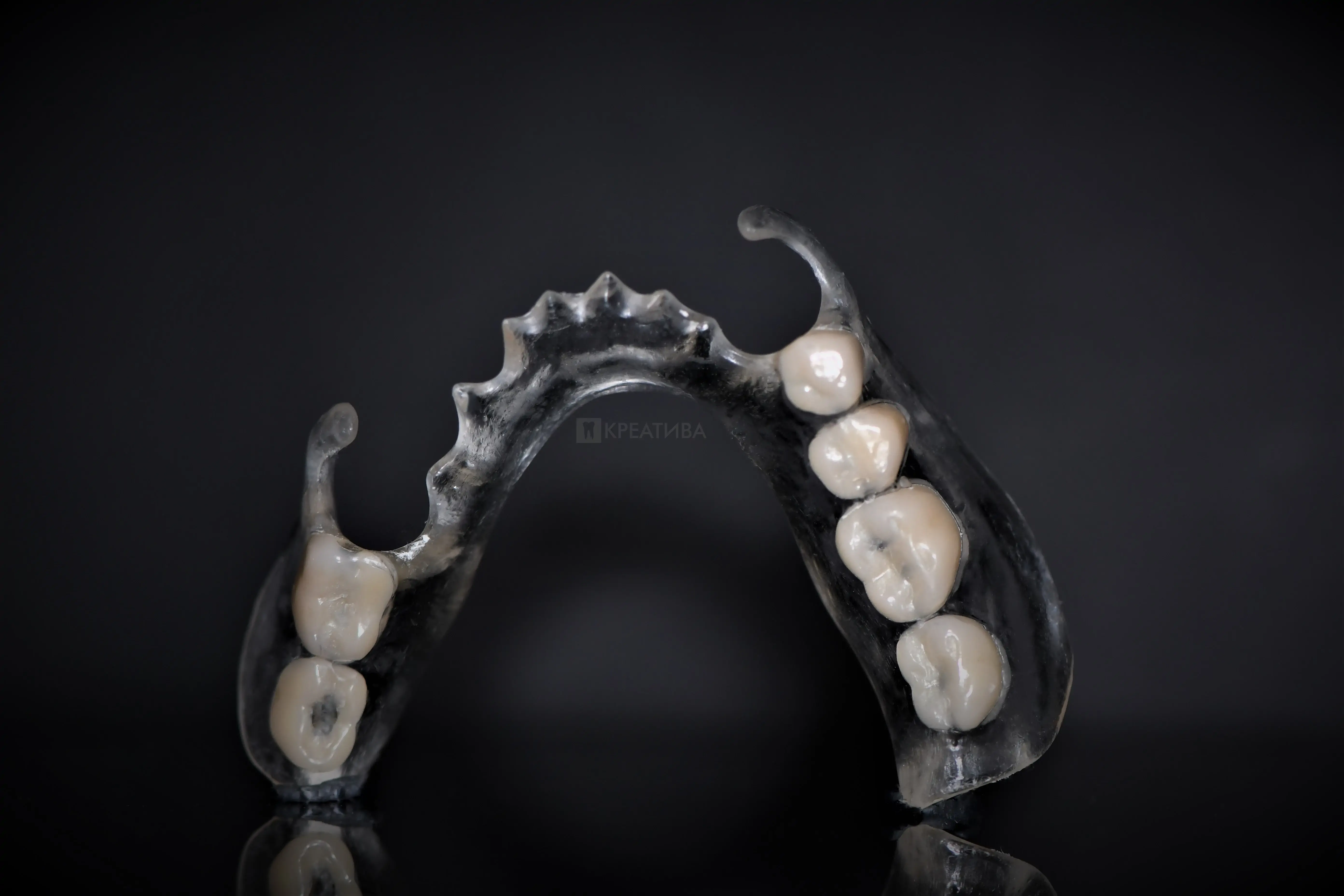
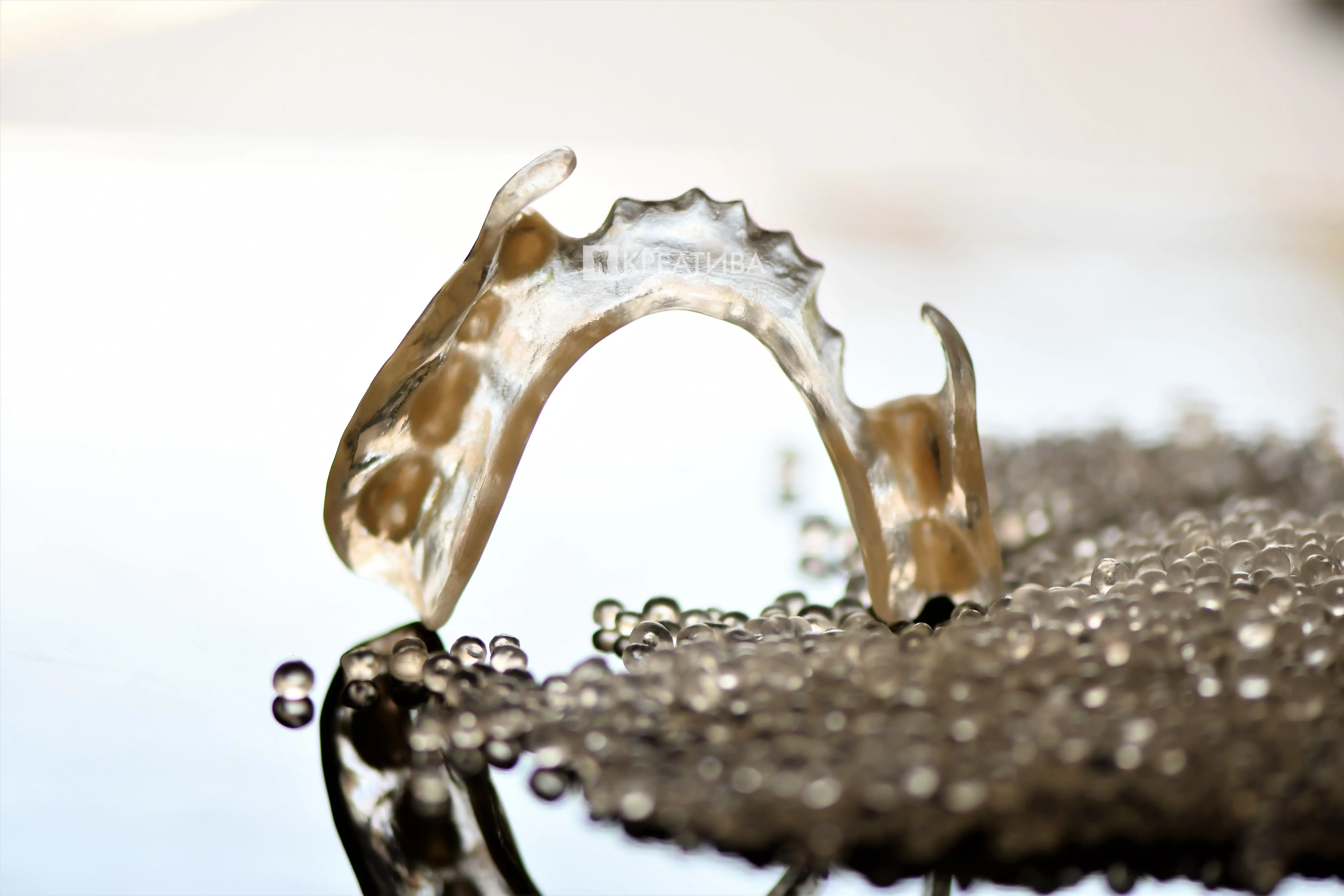
Patients feel that the appliance “disappears” or is “invisible” in their mouth, thus the esthetics of it is far superior to conventional acrylic/metal partial dentures. Unlike acrylic dentures, they are made from a thermoplastic nylon resin that is ultra thin, very flexible (think more comfortable for chewing and speaking). The material doesn’t absorb odors or stains, and if patients suffer from allergies to acrylic or certain metals, it’s a great choice. It contains no BPAs and is considered the most biocompatible material.
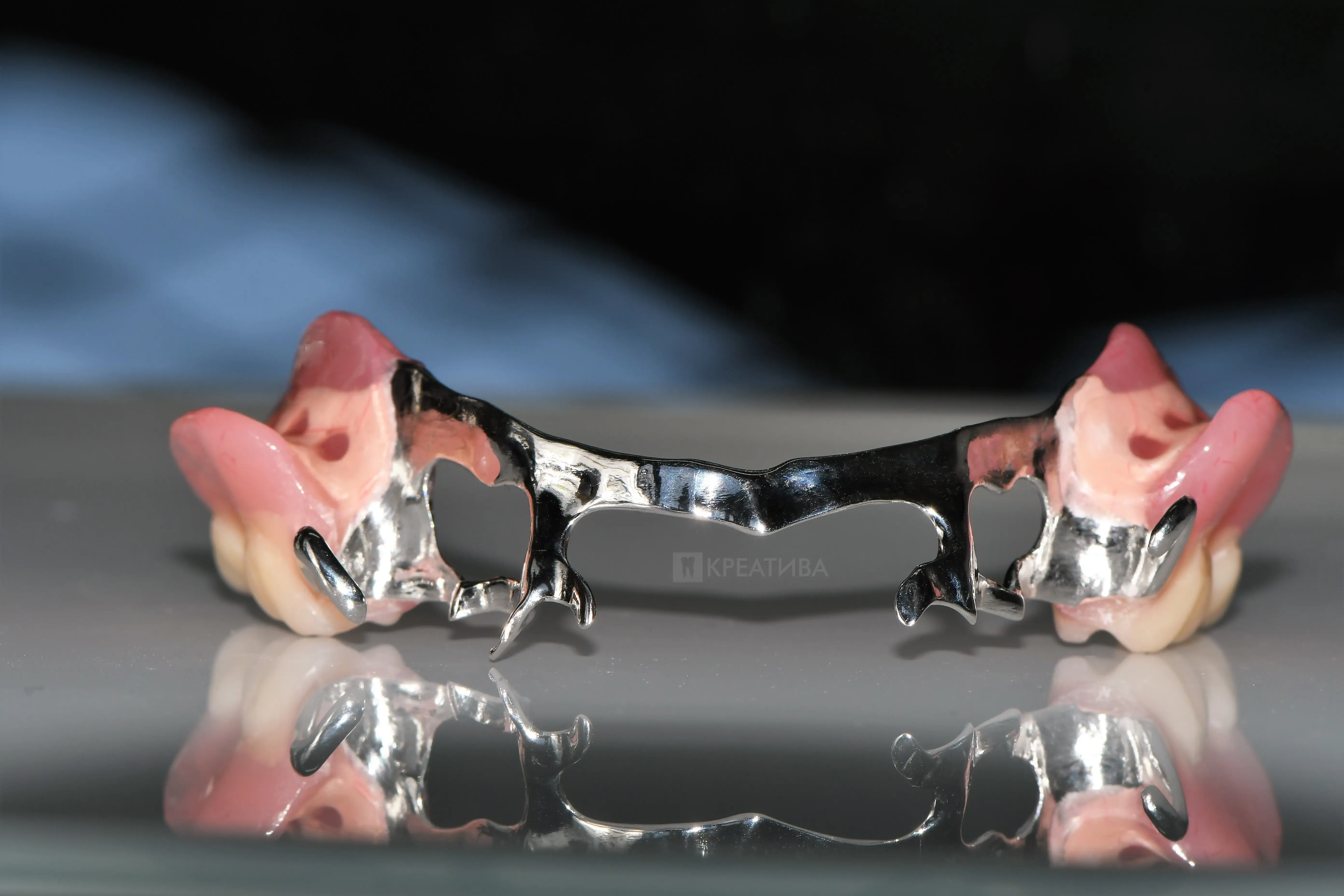
Cast partial metal frame and acrylic teeth
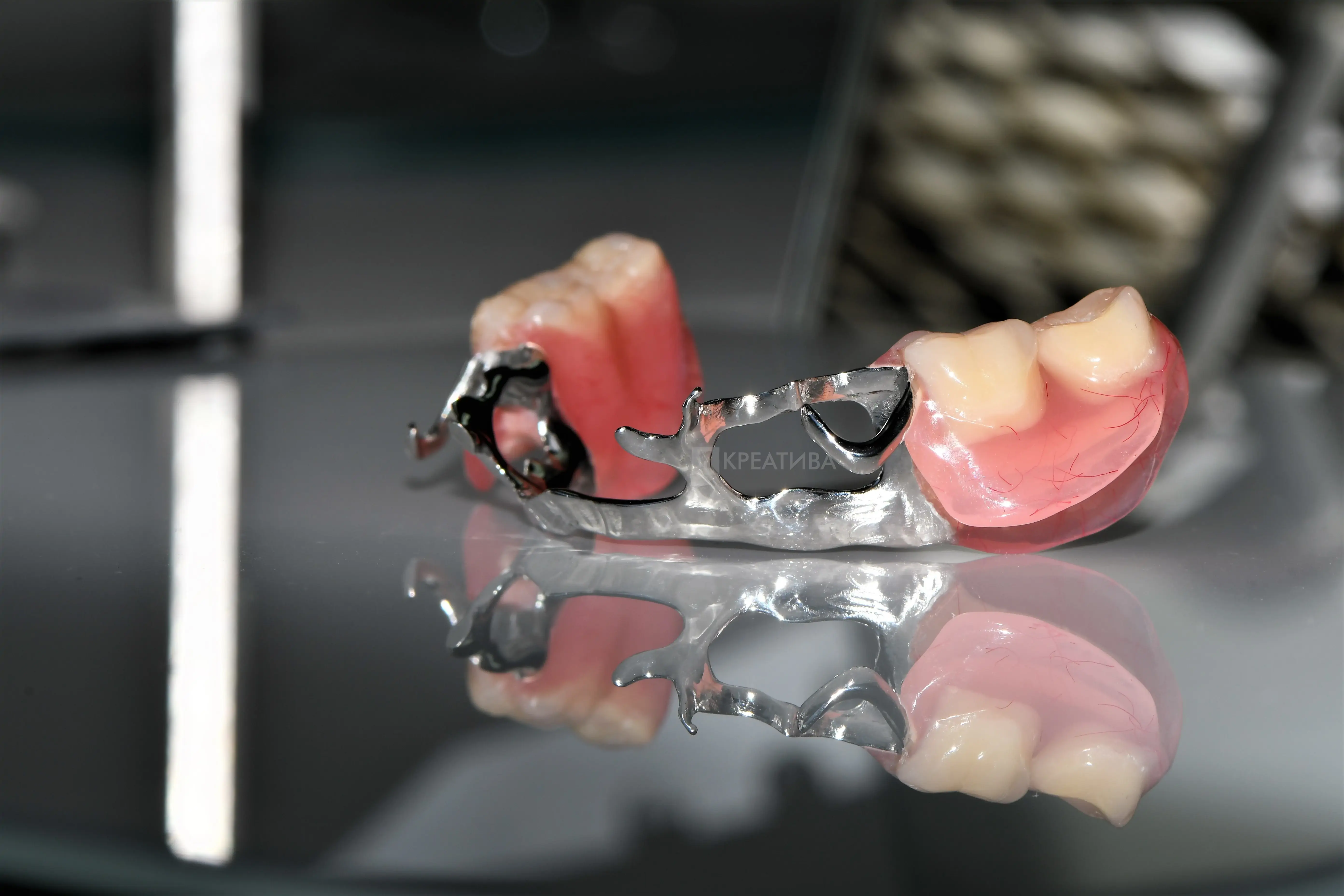
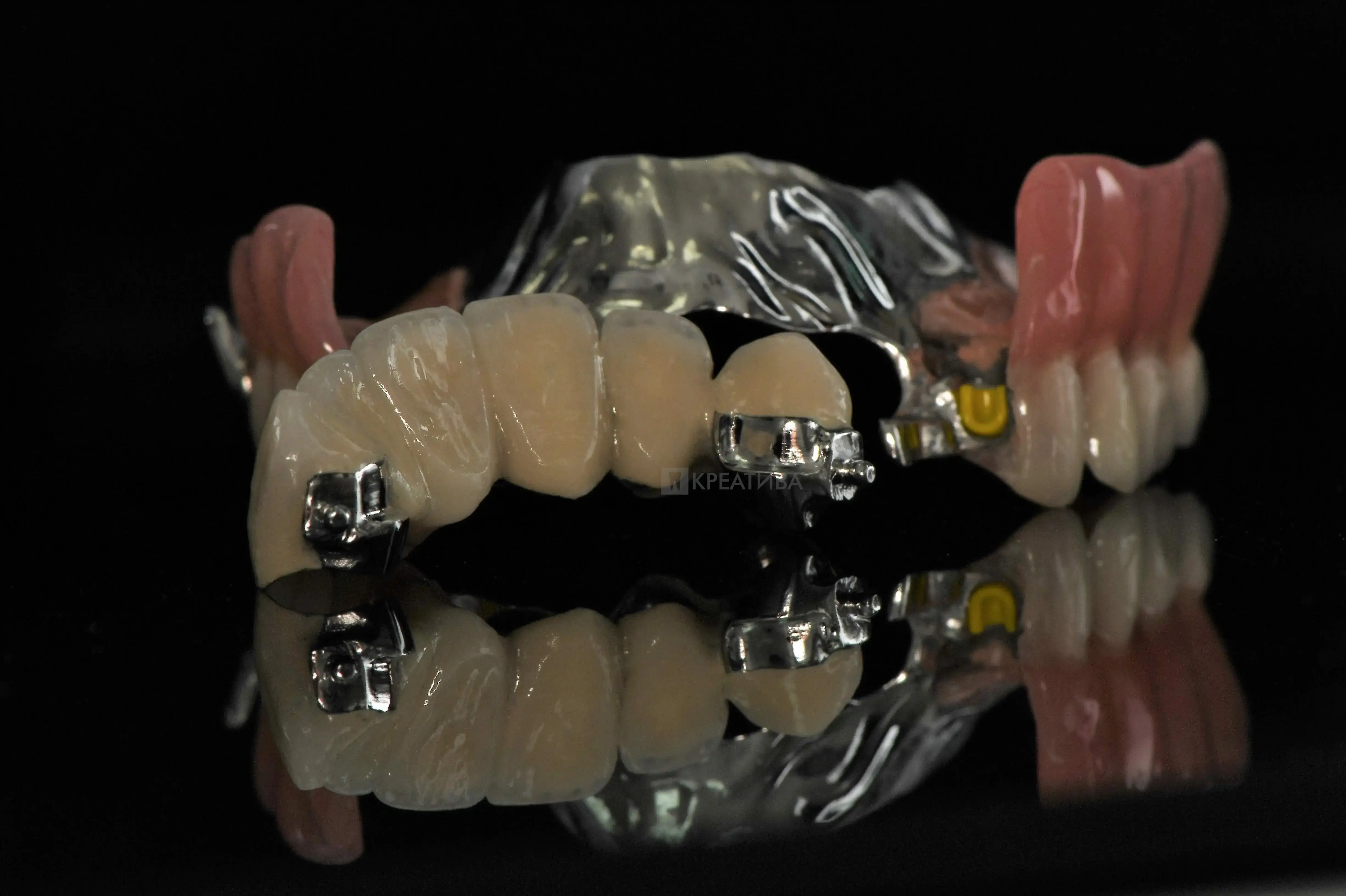
This case is made with cast partial metal frame and with vario-kugel-snap attachments
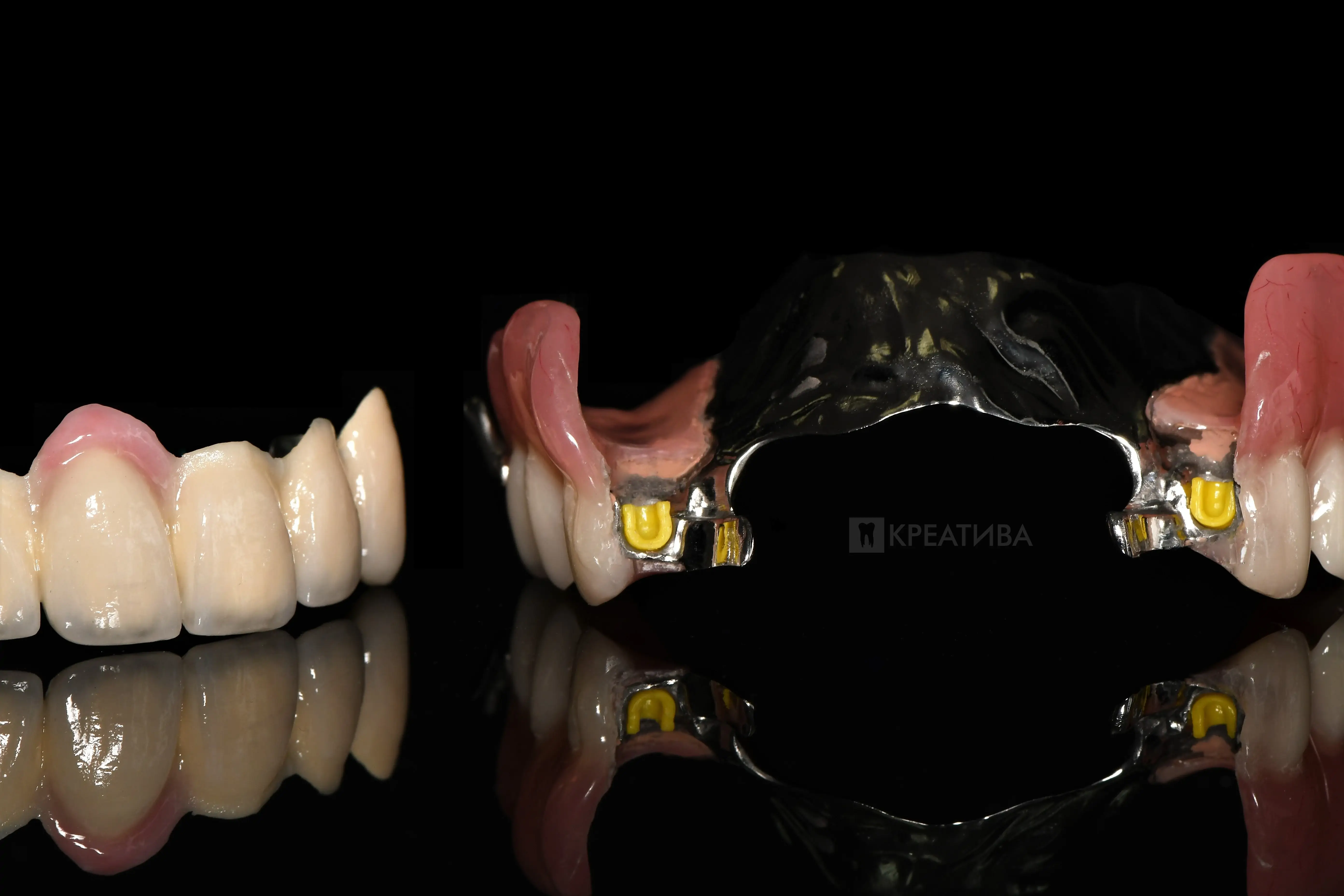
Ball attachments are the classic product among attachemnts and are suitable for universal use. The snap effect of the matrices offers the patient comfort and safety.
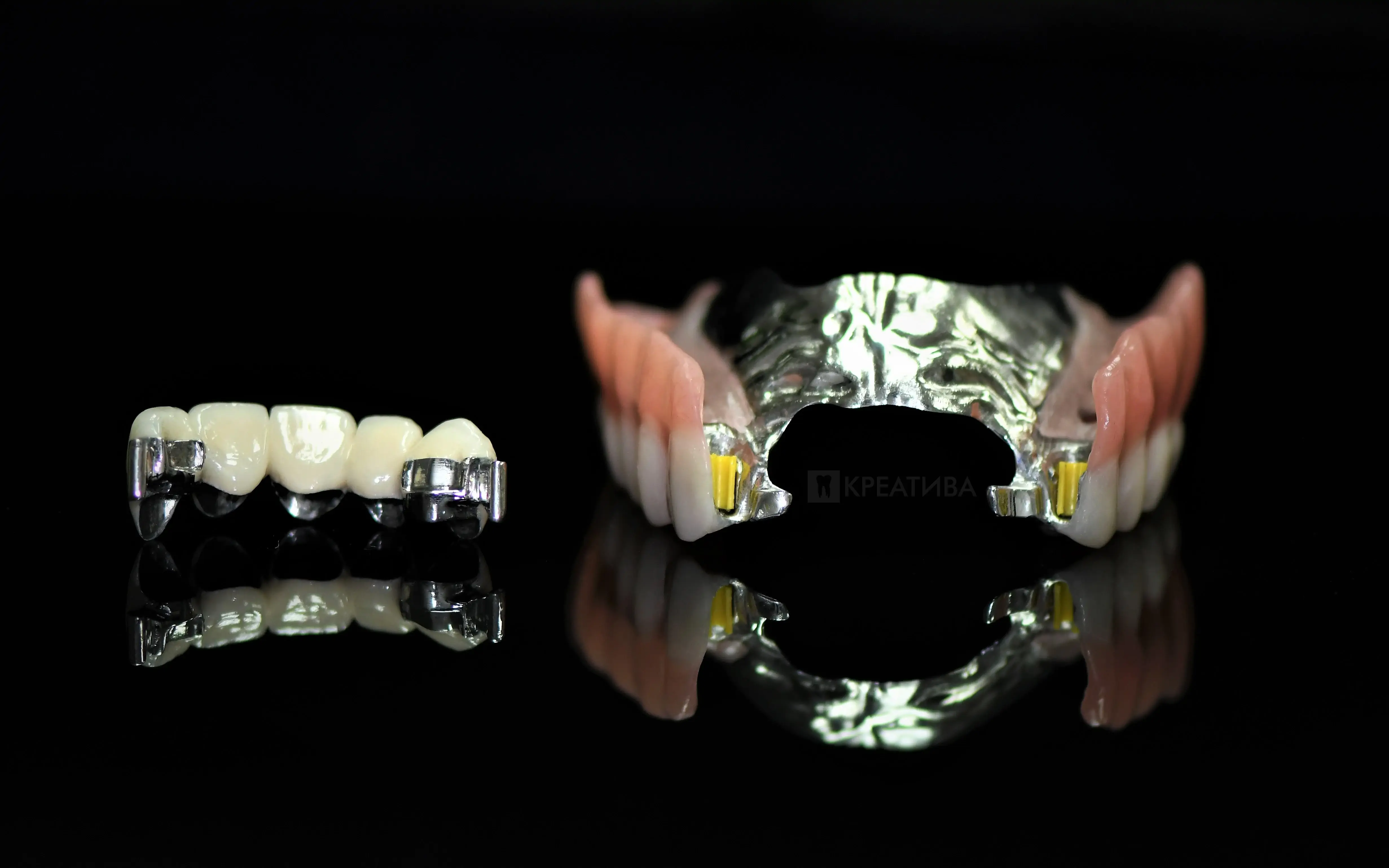
This case is made with cast partial metal frame and with rod attachments
Thanks to a friction surface, the rod attachments provide high reliability during gently insertion of the denture. The various types are suitable for the use both in the anterior and posterior region.
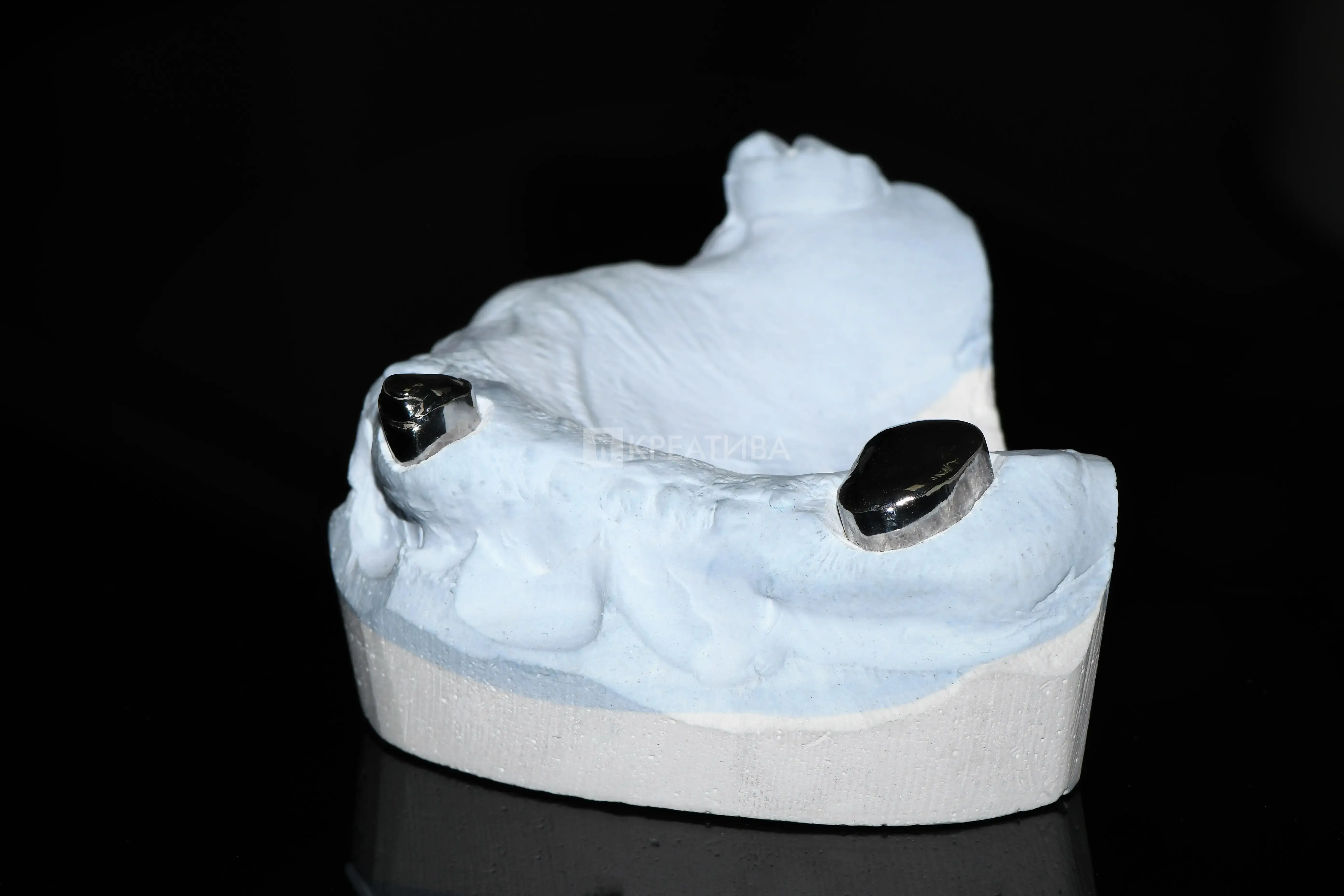
Telescopic crowns
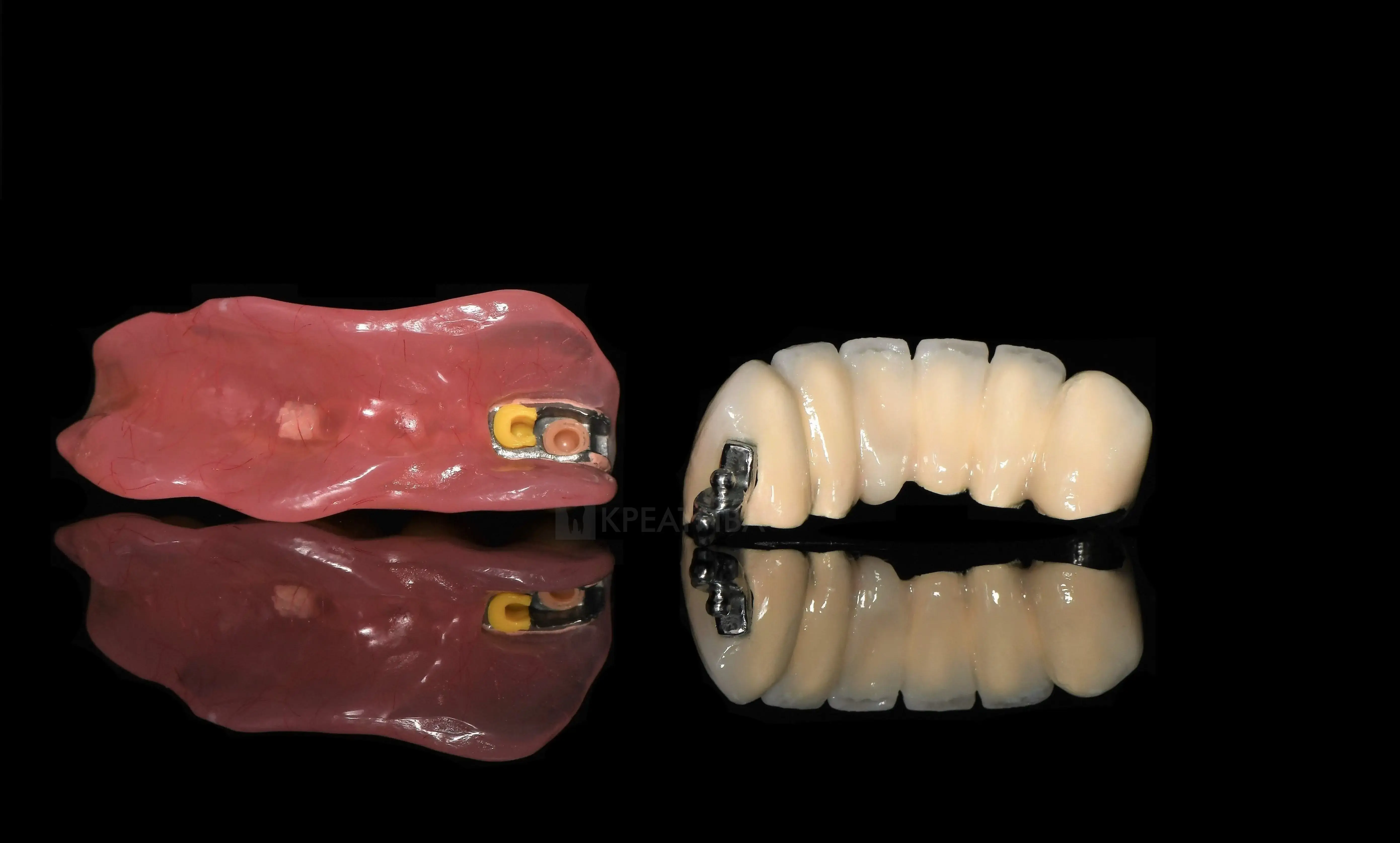
One-sided unilateral partial dentures
